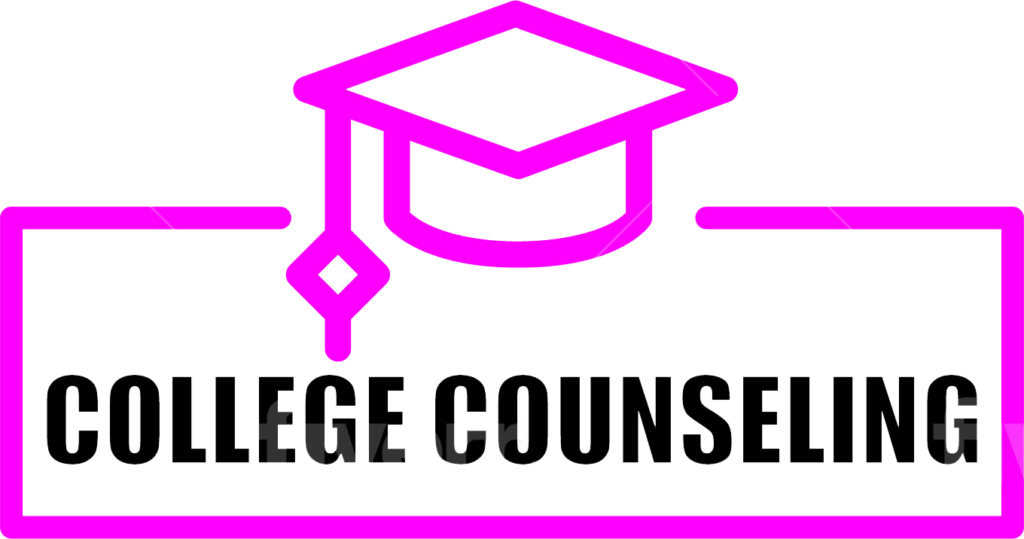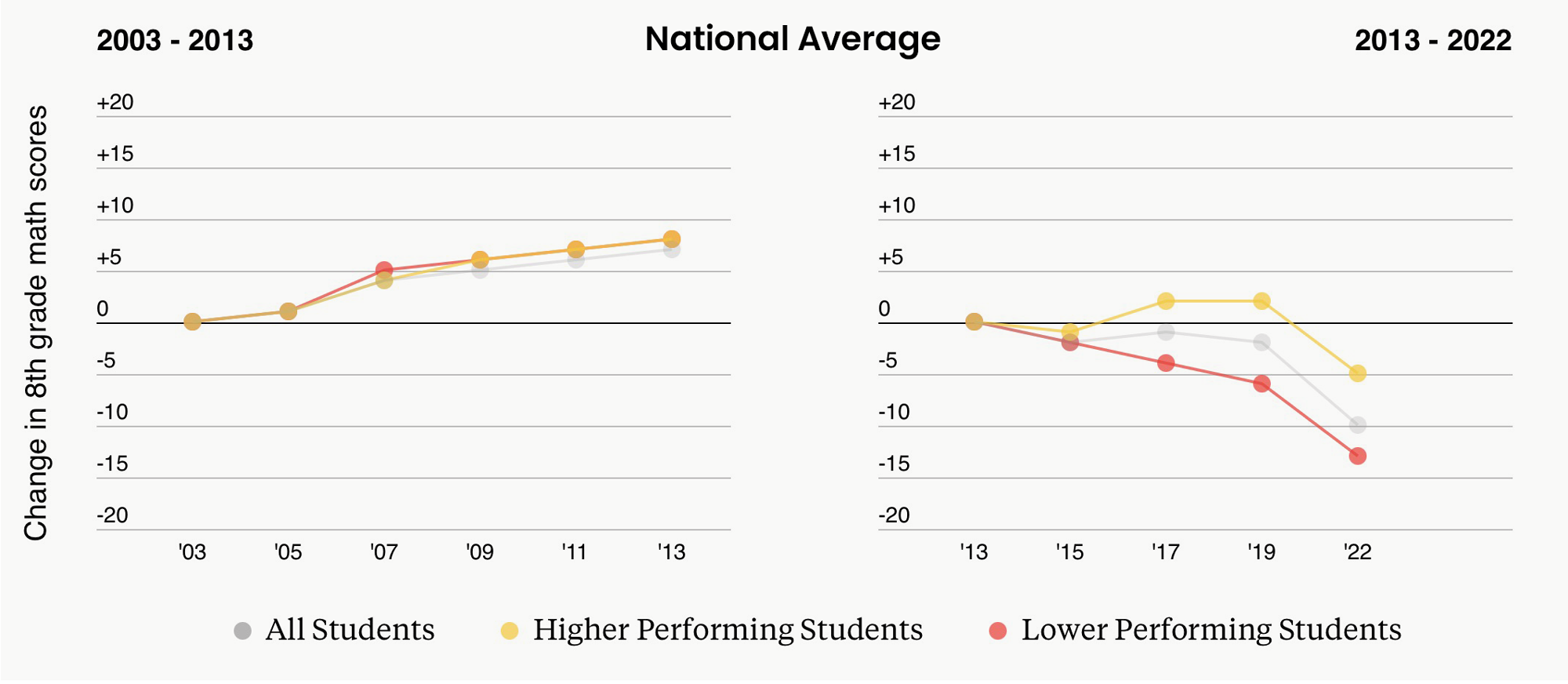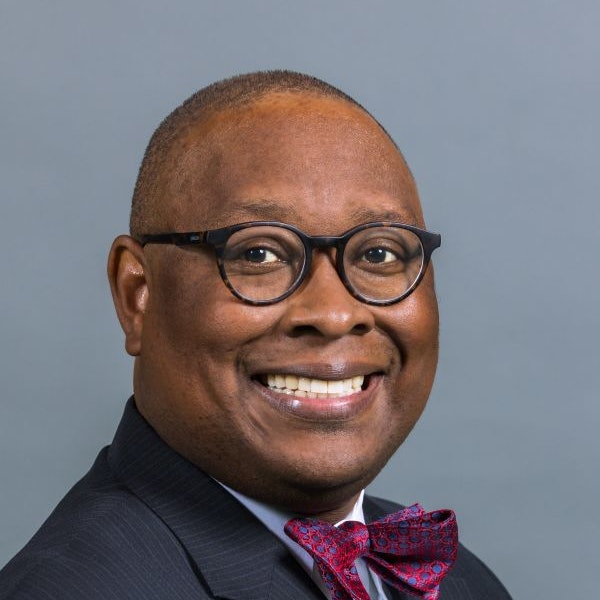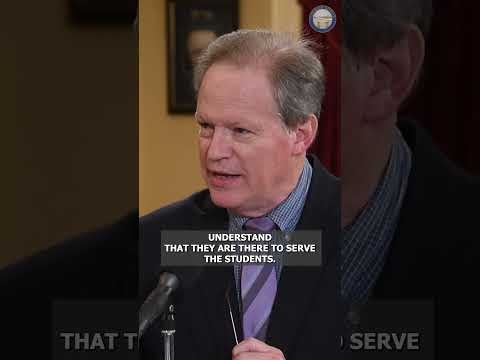I remember seeing the musical Wicked while finishing my doctoral studies. The experience was so impactful that it led me to change my dissertation topic to focus on the idea of perspective. In just two and a half hours, the Wicked Witch of the West, a figure who epitomized evil in my childhood, was transformed into a reluctant hero.
Fast forward 16 years, and I recently watched the new Wicked movie, which once again made me reflect on the nuances of perception. No longer a doctoral student, I am now a tenured, full professor and division head of a large program. While many things have changed over these years, my perspective has evolved the most.
I now see the story of Wicked not only as a tale of deep emotional sisterhood between seemingly different young women but also through the lens of older characters. As I have matured, I draw parallels between Shiz/Land of Oz and university life/academia, viewing it with a more seasoned perspective. Though some aspects have changed, much remains poignantly familiar.
After seeing Wicked for the first time, I was struck by the theme of perception, particularly as it was manipulated through the use of green glasses. In the stage musical Wicked and the book Wizard of Oz, when people entered the Emerald City, they were required by the Great and Powerful Oz to wear these glasses, supposedly for their protection. In reality, this requirement was a means to control perception, creating the illusion that everything was green, even the city itself. This cleverly demonstrates how easily the Wizard manipulated the beliefs of the people of Oz, blurring the line between reality and illusion (Baum, 1944; Schwartz, 2003).
Faculty Archetypes
As a leader working with both newer and seasoned faculty, I see clear parallels between the characters in Wicked and the faculty in academic institutions. Galinda, Elphaba, and Fiyero all represent different types of faculty members that you might find in the academy.
Galinda: Most faculty members start out as Galinda. Galinda represents those who comply with administrative directives in hopes of achieving their personal ambitions. They often exhibit blind obedience to authority, believing it is the right and expected thing to do. This type of obedience may be seen by authority as commendable, but it can have terrible consequences, especially if leaders lack ethical conviction themselves (Drummond-Smith, 2018).
Fiyero: Fiyero embodies those who care deeply but are unsure where to direct their efforts, often opting to “dance through life” and appear lazy to outsiders. These faculty members often join an organization with little direction or understanding of what is expected. They want to fulfill their responsibilities and contribute to the organization, but not at the expense of what is important to them personally.
Elphaba: Elphaba symbolizes those who strive to do what is right, only to find their efforts are sometimes unappreciated or misdirected. She enters the institution with the same hopes and desires to ‘do good’ as other faculty members, but slowly realizes the social improprieties occurring and wants to make a change. When she attempts to bring about this change, she discovers that the people she had trusted, like the Wizard, are working for their own power rather than the good of the people they are supposed to help. This type of faculty member experiences a similar journey, where they begin to see the institution’s true nature and point out its inequalities and harms. As a result, leadership may demonize them.
Lessons from the Wizard
What struck me profoundly was how the leadership in Wicked, epitomized by the Wizard and Madame Morrible, reflects some of the troubling aspects of leadership in academia today. There’s often a lot of spectacle and distraction—what the right hand is doing—while the left hand goes unnoticed. Leadership narratives are spun to serve their interests, often at the expense of their people, faculty, staff, and even students. This manipulation becomes so pervasive that, much like the citizens of Oz, we start accepting these skewed narratives as truth.
The Wizard in The Wizard of Oz is a master manipulator who maintains his power through deceit and the strategic use of fear. He creates a façade of benevolence while orchestrating a system that keeps the citizens of Oz under his control, often by exploiting their fears and desires. One of his most significant manipulations is the enforcement of wearing green glasses in the Emerald City, creating the illusion that everything is green and prosperous. This tactic symbolizes how he manipulates perception to maintain his authority. The Wizard’s ability to spin narratives to suit his agenda is met with varying responses from the people of Oz. Some, like Galinda, comply and align with the Wizard’s directives to advance their own ambitions, believing that their loyalty will be rewarded. Others, like Fiyero, remain apathetic, choosing to ignore the deeper issues to avoid conflict. In contrast, individuals like Elphaba see through the Wizard’s deceptions and attempt to challenge his authority, though they often face severe repercussions. This dynamic illustrates how the Wizard’s manipulation fosters a culture where self-interest and survival often take precedence over truth and integrity.
Removing the Green Glasses
University leaders can sometimes employ tactics similar to those of the Wizard to maintain control and keep faculty and staff in line. They might use strategic communication and narrative control to shape perceptions and manage dissent. For instance, they may emphasize positive achievements and downplay or obscure less favorable aspects of their administration to create an illusion of overall success and stability. This selective transparency can manipulate faculty and staff into believing that the institution is performing better than it actually is.
Additionally, university leaders might leverage fear and uncertainty to suppress opposition. By fostering a culture where speaking out against administrative policies or decisions could result in professional repercussions, such as stalled promotions or reduced funding, they can discourage faculty and staff from voicing dissent or challenging the status quo.
Leaders can also employ favoritism, rewarding those who align with their directives and vision with desirable positions, opportunities, or resources. This was used masterfully in Wicked by Madama Morville and The Wizard. This type of tactic can create a divide among faculty and staff, encouraging compliance and loyalty from those seeking to advance their careers or secure benefits, while isolating and marginalizing those who are critical or resistant.
Furthermore, much like the green glasses in the Emerald City, university leaders might implement policies or create initiatives that give the appearance of progress and inclusivity, without addressing the underlying issues. This superficial commitment to change can placate concerns temporarily, convincing faculty and staff that their interests are being considered, while actual structural or cultural problems remain unaddressed.
In essence, by controlling the narrative, instilling fear of reprisal, rewarding compliance, and creating illusions of progress, university leaders can manipulate faculty and staff to align with their agenda and maintain their hold on power. Wicked offers a rich tapestry of characters and leadership dynamics that resonate deeply with academic life. The musical’s portrayal of perspective, ambition, and manipulation provides valuable insights into the complexities, falsehoods, and the tightening grip of leadership within Oz. This reflective image can be easily seen in leadership within the academy as well, and should serve as a dire warning to what can happen if too many faculty decide that, “Something has changed within me…I’m through with playing by the rules of someone else’s game.” It is time that we, fellow Ozzians and academics, decide to take off our green glasses and open our eyes to the importance of maintaining integrity and awareness in our professional roles.
Dr. Rebecca (Becky) Fredrickson has served in multiple capacities supporting education over the past 30 years. This includes serving the public schools as a classroom aide, teacher, leader, and in higher education as a faculty member and in differing leadership roles at the local, state and national levels. Her current research, service, and teaching focus on making education accessible to underserved communities through a lens of critical leadership theory.
References
Baum, L. F. (1944). The Wizard of Oz. Doubleday: New York.
Drummond-Smith, I. (2018). “Yes, sir”: Leadership and blind obedience in hierarchical organizations. https://www.emerald.com/insight/content/doi/10.1108/ijes-04-2017-0016
Schwart, S. (2003). Wicked: A New Musical. Decca Broadway, New York.












